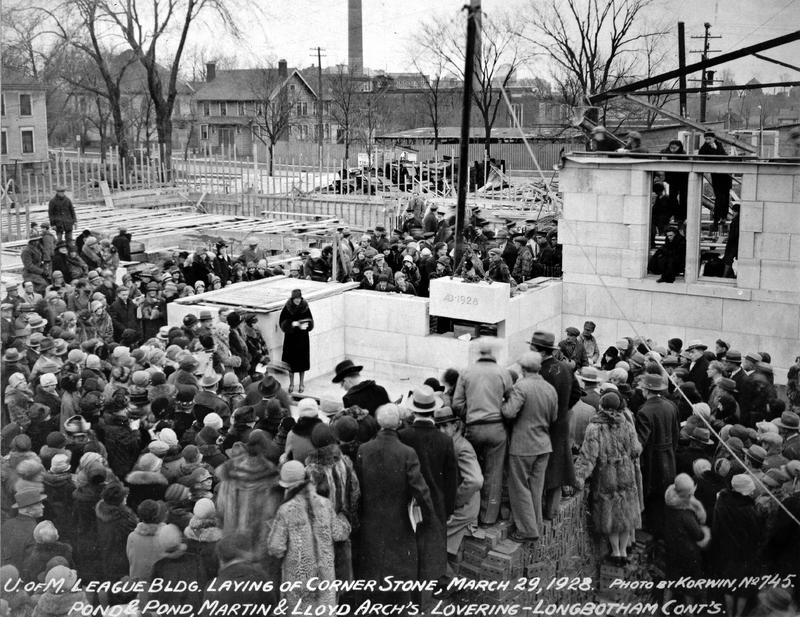An Introduction to the Project
The University of Michigan’s bicentennial is coming up, and much of campus is preparing to celebrate. The year 1817 holds immense significance for the history of the University — except for women. It wasn’t until 53 years later, in 1870, that women were officially admitted to U-M.
This year’s Michigan in the World team members have immersed themselves in the archives of the Bentley Historical Library for eight weeks, studying women’s strides and struggles as students, faculty, staff, and alumnae from the late 1800s to the present. Tracing women’s history specifically provides us with a different timeline of milestones and turning points than those that are generally associated with the history of the University, which has until only recently been an incomplete recollection.
As we combed through the Bentley's boxes, we quickly noticed a few patterns that were consistent throughout our research. Women have been breaking and challenging the rules since the University first tentatively opened its doors to them. From figuring out loopholes to their hours, running onto football fields with cameras, and attending “petting” parties, women at U-M have always challenged the University to create their own spaces. Not all women were living with the same struggles; like today, some dealt with unique intersections of gender, race, class, sexual orientation, and religion, among their other identities. This was visible in the archived history we looked at, the oral histories that have been passed down to us, and even in the silences or gaps in our preserved materials and knowledge. Some voices are missing from our history and that is something important to be remembered and respected, though it cannot be rectified.
We believe a gendered lens of Michigan's history is extremely necessary because today we are still striving for women's political, economic and social equality. Despite the progress that has been made, there is still a ways to go. We hope this project serves not as a teleological story or progress narrative, but as a glimpse into the lives of the people who came before us and helped shape our own experiences without us even realizing it — and as a foundation of knowledge onto which we can build, celebrate an aspect of our history, and look forward.

